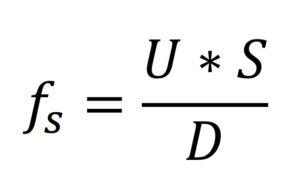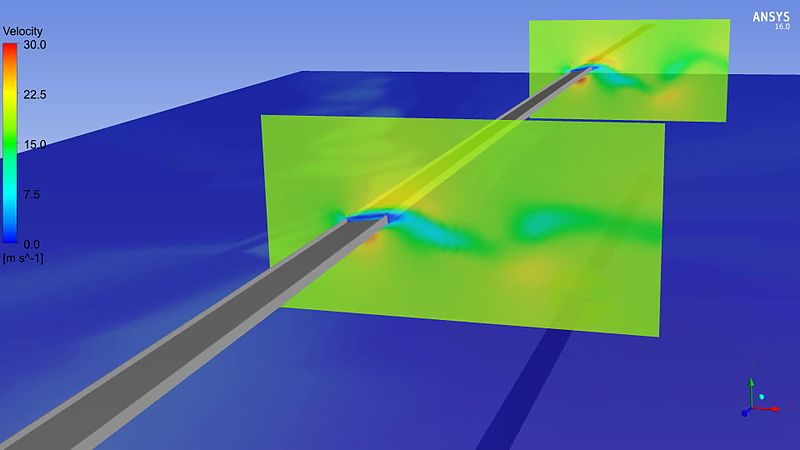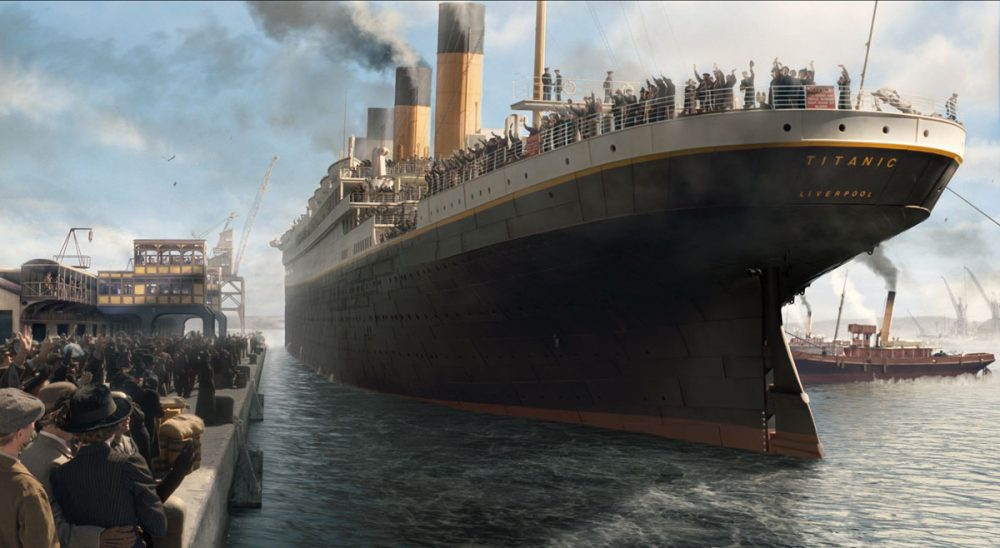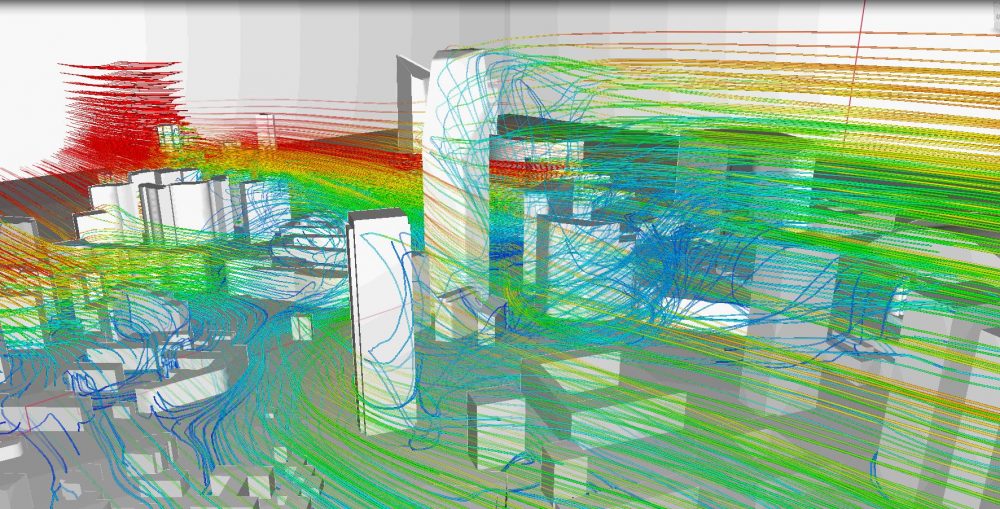Nov 7th is the anniversary of the famous collapse of the hashtag#TacomaNarrows Bridge. Remember this video from your engineering degree? Of course, you do!
What happened that day?
The Tacoma Narrows Bridge is the historical name given to the twin suspension bridge—originally built in 1940—that spanned the Tacoma Narrows strait. It collapsed just four months later due to aeroelastic flutter. Since then, this topic has become popular, with several case studies discussing the failure phenomenon of suspension cable bridges.
In the state of Washington, the construction of the Tacoma Narrows Bridge was completed and opened to the traffic on July 1st, 1940. It was the very first bridge to incorporate a series of plate girders as roadbed support, and the first bridge of its type (cable suspension). It was also the third largest suspension bridge of its time, with a 2800-foot central span and two side spans of 1100 feet each.

Shortly after the construction of the Tacoma bridge, it was found to dangerously buckle and sway along its length in windy conditions. Even with the normal winds, the bridge was undulating noticeably, and this had the engineers worried as to the conditions in the presence of high winds. Alarmed by this, many engineers started conducting experiments in a wind tunnel on the structural behavior of the bridge when subjected to wind loads.
On the day of the Tacoma Narrows Bridge collapse, it experienced winds of about 19 m /s (i.e., about 70kmph). The center stay was torsionally vibrating at a frequency of 36 cpm (cycles/min) in nine different segments. Over the next hour, the torsional vibration amplitude built up and the motion had changed from rhythmically rising and falling to a two-wave twisting as shown in Fig. 02. Despite all these motions, the center part of the bridge (along the length) remained motionless, while its other two halves twisted in opposite directions.
The bridge was twisted noticeably into two parts, experiencing 14 vibrations/min. This drastic torsional motion was started by a failure of a cable (located along the north side) band connecting to the center of the diagonal ties. Due to alternative sagging and hogging of span members, the towers holding them were pulled towards them. Further, visible and predominant cracks developed before the entire bridge crashed down into the river.
Thankfully, no human life was lost in the incident, but this was still an overwhelming engineering failure.
CFD Simulation of the Incident with ANSYS in 7th anniversary of the famous Tacoma Narrows Bridge
In this case, the failure occurred during winds of just 68 km/hr, with the resonance causing movement and deformation of the bridge such that the cables eventually exceeded their allowable stress & they failed. Nov 7th is the anniversary of this famous collapse. Therefore, Ansys replicated torsional motion of the bridge and its interactions with wind by using Ansys FSI.
In ordinary bridge design, the wind is allowed to pass through the structure by incorporating trusses. In contrast, in the case of the Tacoma Narrows Bridge, it was forced to move above and below the structure, leading to flow separation. Such flow separation, in the presence of an object, can lead to the development of a Kármán vortex street, as the flow passes through the object.

The vortex frequency in the Kármán vortex street is the Strouhal frequency (fs) which is given by;

where U is flow velocity, D is the characteristic length and S is Strouhal number (a dimensionless quantity). Example: For a Reynolds number greater than 1000, S is 0.21. In the case of the Tacoma Bridge, D was 8 ft. and S was 0.20.
The deflection theory serves as a model for complex analytical methods used by many structural engineers to obtain stresses, deflections, etc. This eventually led to the development of finite element analysis (FEA) as a generic tool for designing civil engineering structures.
Nowadays, in bridge design, engineering simulation plays a crucial part in the testing process. Using CFD to simulate wind loads and FEA to investigate stresses and the structural behavior of bridges, engineers can prevent failures like the Tacoma Narrows Bridge collapse and build better and stronger bridges and buildings.








